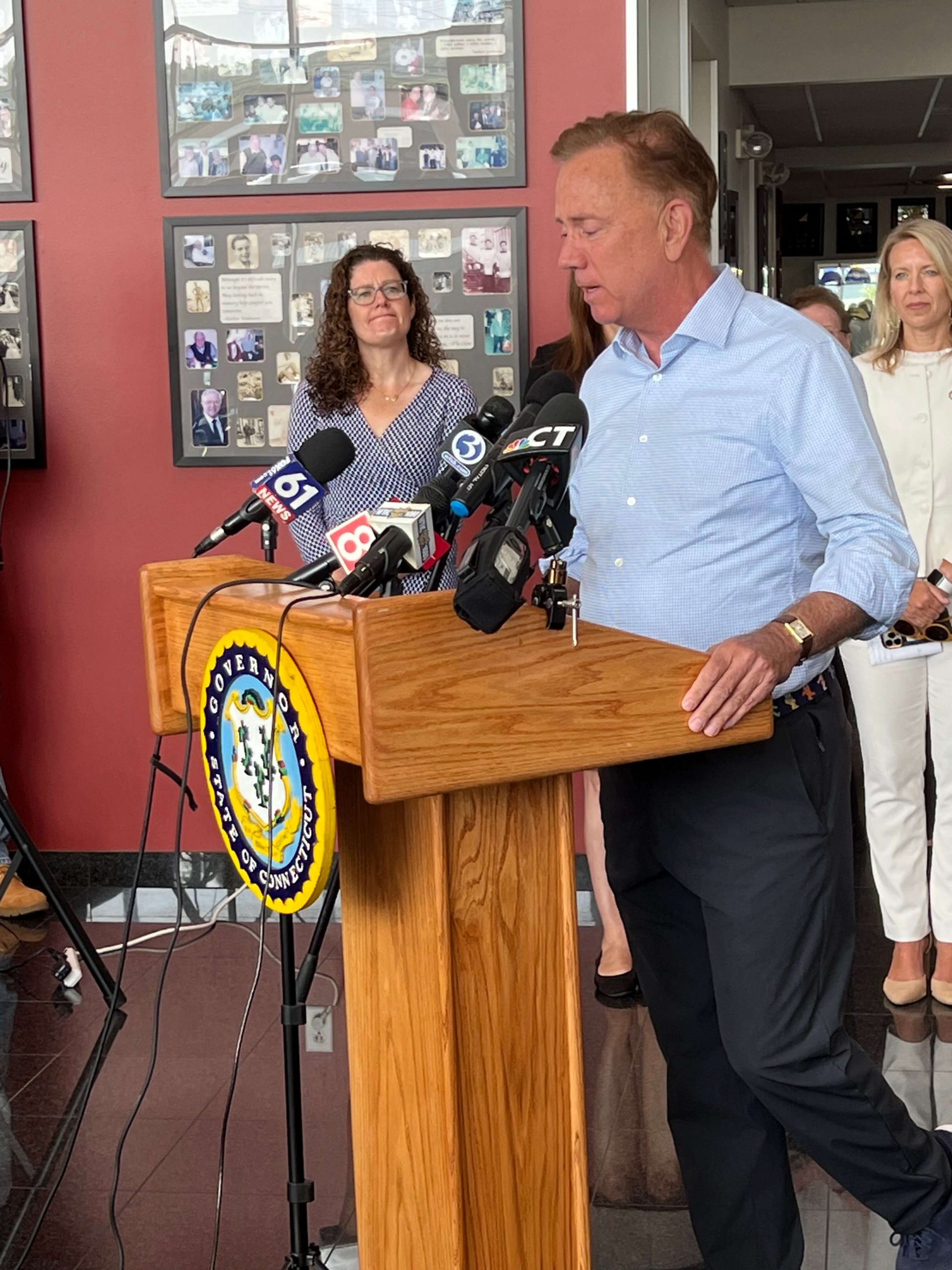Eversource/UI Charging Incentives – Program Updates
New Webinars Announced for Program Updates The incentive program from the Public Utilities Regulatory Authority (PURA) that is administered through the state’s two largest utilities, Eversource and United Illuminating gets evaluated every year. Since the … Read more









